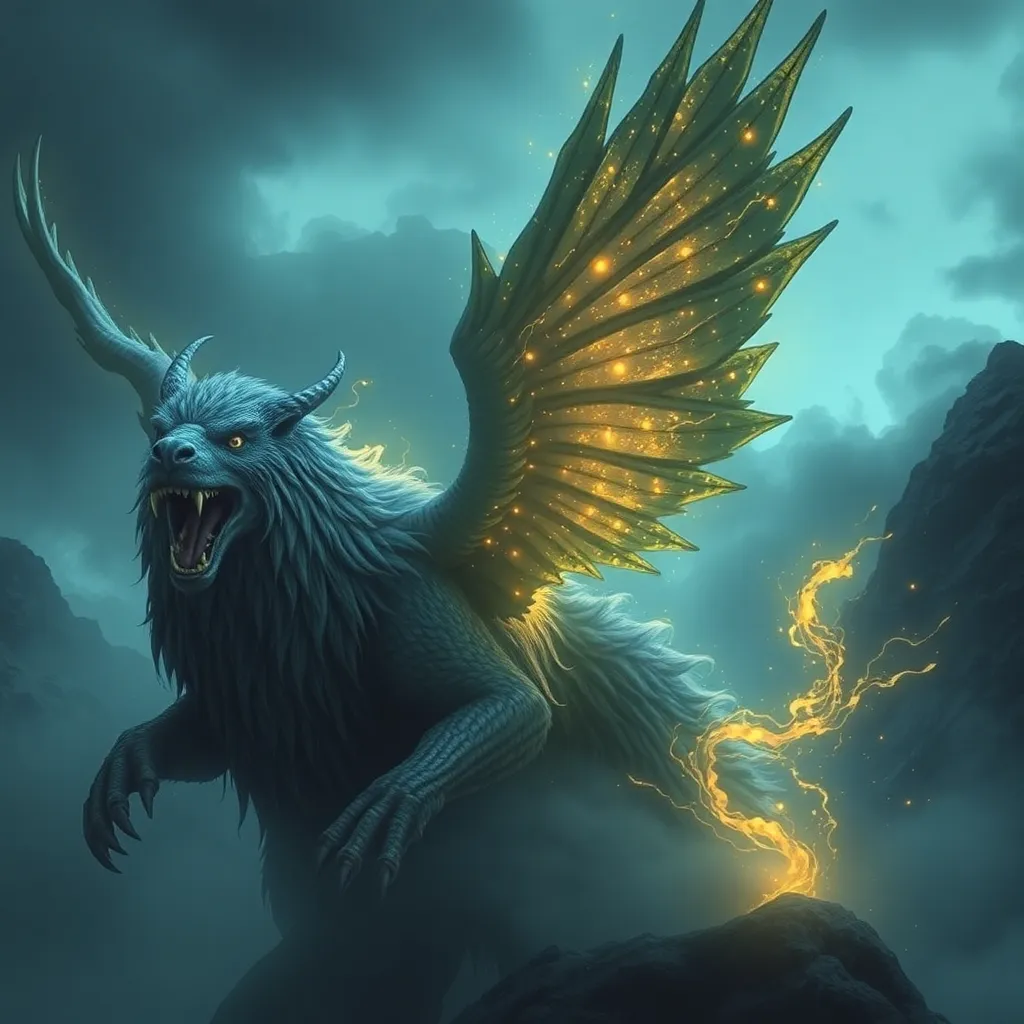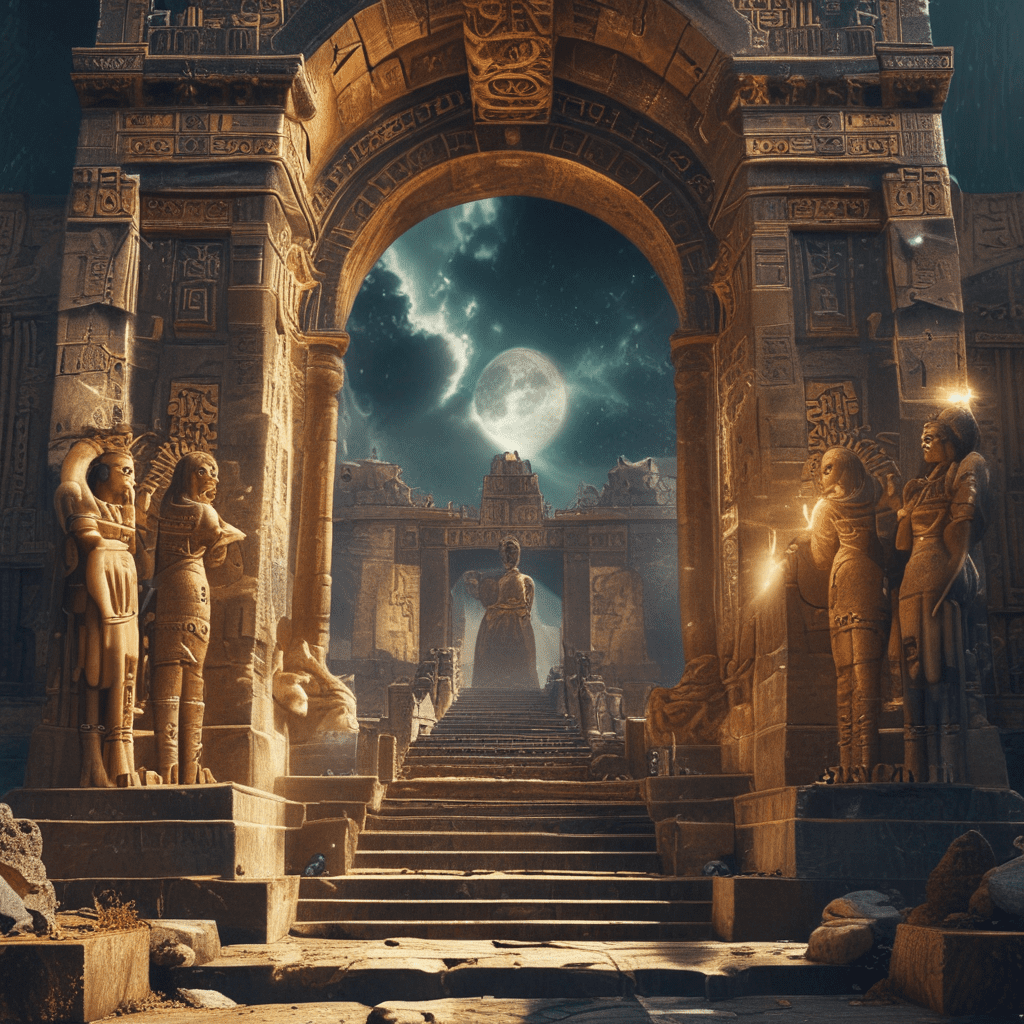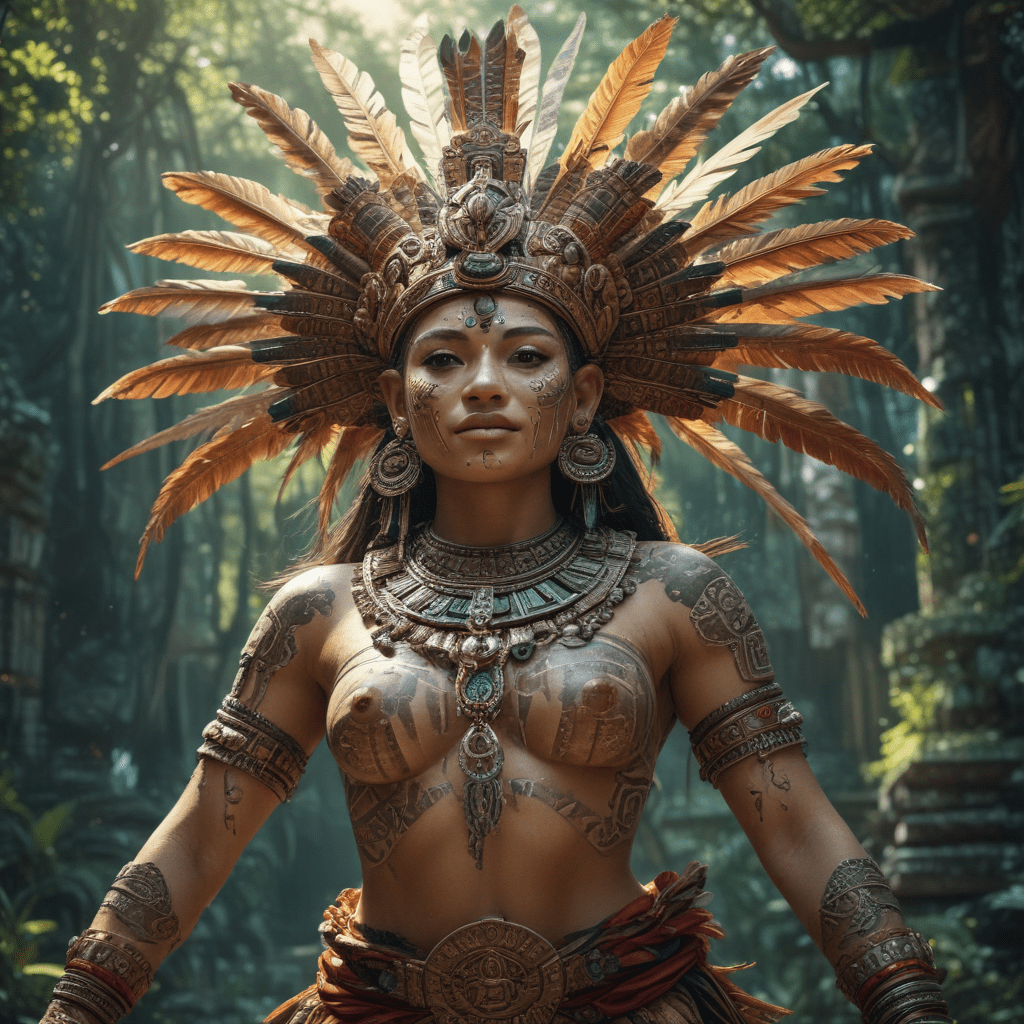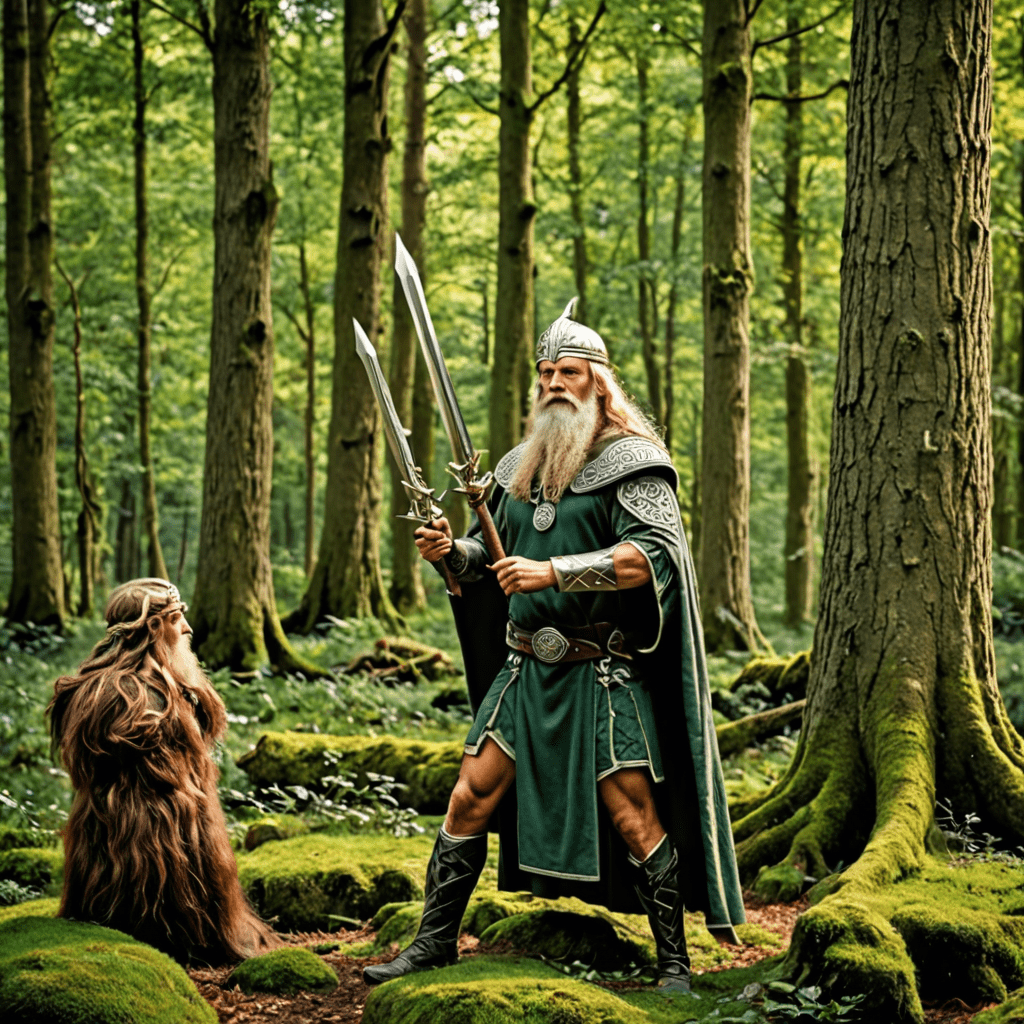The Peryton’s Flight: A Norse Perspective on the Mythological Beast
I. Introduction
The Peryton, a fascinating creature of myth, is often depicted as a winged beast resembling a stag. Known for its majestic flight and elusive nature, the Peryton has captured the imagination of those who delve into the realms of mythology. This article aims to explore the Peryton from a Norse perspective, shedding light on its significance within the rich tapestry of Norse culture.
Mythological creatures have always played a crucial role in shaping cultural narratives and beliefs. In Norse mythology, these beings serve not only as symbols of the natural world but also as reflections of human values and fears. By examining the Peryton, we can gain insights into the Norse worldview and the symbolic meanings attributed to such creatures.
The purpose of this exploration is to uncover the origins, symbolism, cultural significance, and modern interpretations of the Peryton, providing a comprehensive understanding of this mythological beast.
II. Origins of the Peryton in Mythology
A. Historical context of mythological beasts in ancient texts
Mythological beasts have been documented throughout history, often appearing in ancient texts and folklore as embodiments of nature’s mysteries. The Peryton is no exception, with its roots tracing back to various mythologies and folklore traditions.
B. The Peryton’s first mentions and descriptions
The earliest references to the Peryton appear in medieval bestiaries and literary texts, where it is often described as a creature with the body of a deer and the wings of a bird. This duality highlights its connection to both terrestrial and celestial realms, signifying its importance in the mythological landscape.
C. Cross-cultural influences on the portrayal of the Peryton
The Peryton’s image has been shaped by various cultural influences. While it is most commonly associated with European folklore, similarities can be found in other mythologies. The blending of these influences demonstrates the interconnectedness of mythological narratives across cultures.
III. Symbolism and Characteristics of the Peryton
A. Physical traits and unique features of the Peryton
Physically, the Peryton is characterized by:
- A stag-like body that embodies grace and agility
- Majestic wings, often depicted as large and feathered, enabling it to soar through the skies
- A distinctive shadow or aura that symbolizes its otherworldly nature
B. Symbolic meanings attributed to the Peryton in Norse lore
In Norse mythology, the Peryton symbolizes:
- Freedom and transcendence, as it navigates both the earthly and celestial realms
- Transformation and change, often appearing during significant moments in legends
- The connection between nature and the supernatural, reflecting humanity’s relationship with the world
C. Comparisons with other mythological creatures in Norse mythology
The Peryton can be compared to other mythological beings such as the Valkyries and the Fenrir wolf. While Valkyries represent the warrior spirit and the transition to the afterlife, the Peryton embodies the merging of nature and the supernatural. The contrasting characteristics enrich the understanding of mythological themes in Norse culture.
IV. The Peryton’s Role in Norse Mythology
A. The Peryton’s place in Norse legends and stories
The Peryton appears in various Norse legends, often as a guiding figure or a harbinger of significant events. Its presence can indicate a shift in fate or the arrival of new beginnings, symbolizing the cyclical nature of life.
B. Interaction with Norse gods and heroes
In certain tales, the Peryton is said to interact with gods and heroes, serving as a companion or a messenger. These interactions highlight the creature’s role as a bridge between the divine and the mortal, reinforcing its significance in the mythological hierarchy.
C. The Peryton as a harbinger of fate or change
The Peryton’s flight is often interpreted as an omen, suggesting that it heralds change or the arrival of destiny. This characteristic aligns with the Norse belief in fate and the importance of omens in guiding actions and decisions.
V. Cultural Significance of the Peryton in Norse Society
A. The impact of the Peryton on Norse art and literature
The Peryton has influenced various forms of Norse art, from intricate carvings to illuminated manuscripts. Its unique features have inspired artists to depict the creature in a way that captures its elegance and mystery.
B. Reflections of societal values and beliefs in Peryton myths
The stories surrounding the Peryton reflect the values of Norse society, such as respect for nature, the significance of transformation, and the belief in the interconnectedness of all beings. These narratives serve as moral lessons and cultural touchstones.
C. The Peryton as a representation of nature and the supernatural
As a being that straddles the line between the natural and the supernatural, the Peryton embodies the Norse reverence for the environment and the unseen forces that shape their world. This duality resonates with the Norse understanding of life and death, nature and magic.
VI. Comparative Analysis: The Peryton in Other Cultures
A. Similar mythological creatures in different cultures
Across various cultures, there are similar mythological creatures, such as the griffin in Greek mythology or the Thunderbird in Native American lore. These beings also combine features of different animals and represent a blend of earthly and mystical qualities.
B. How the Peryton differs from these counterparts
While many mythological creatures share similarities, the Peryton is distinct in its specific attributes and the cultural context of Norse mythology. Its unique blend of stag and bird symbolizes freedom, transformation, and the connection to nature in ways that differ from other traditions.
C. The significance of these differences in understanding the Peryton
Understanding these differences enhances our appreciation of the Peryton’s role in Norse mythology, emphasizing the unique cultural values and beliefs that shape its narrative. This comparative analysis fosters a deeper understanding of the creature’s significance within its own mythological framework.
VII. The Peryton in Modern Interpretations
A. Contemporary representations in literature and media
In recent years, the Peryton has found its way into modern literature and media, often depicted in fantasy novels, games, and films. These contemporary interpretations breathe new life into the creature, allowing it to resonate with new audiences.
B. The resurgence of interest in Norse mythology and the Peryton
The growing interest in Norse mythology, fueled by popular culture and media, has led to a resurgence of the Peryton in various forms. This revival highlights the timeless appeal of mythological creatures and their relevance in today’s world.
C. The role of the Peryton in modern fantasy and gaming
In modern fantasy and gaming, the Peryton serves as a versatile character, often embodying themes of freedom, adventure, and transformation. Its presence in these mediums illustrates the enduring legacy of mythological creatures and their ability to adapt to contemporary narratives.
VIII. Conclusion
In summary, the Peryton represents a captivating blend of symbolism, mythology, and cultural significance within Norse lore. Its origins, characteristics, and role in mythology reveal the interconnectedness of nature, humanity, and the supernatural.
The enduring legacy of the Peryton in both ancient and modern contexts underscores the importance of mythological studies in understanding historical perspectives. As we continue to explore these mythical beings, we gain insights into the values, beliefs, and narratives that have shaped human culture across the ages.



